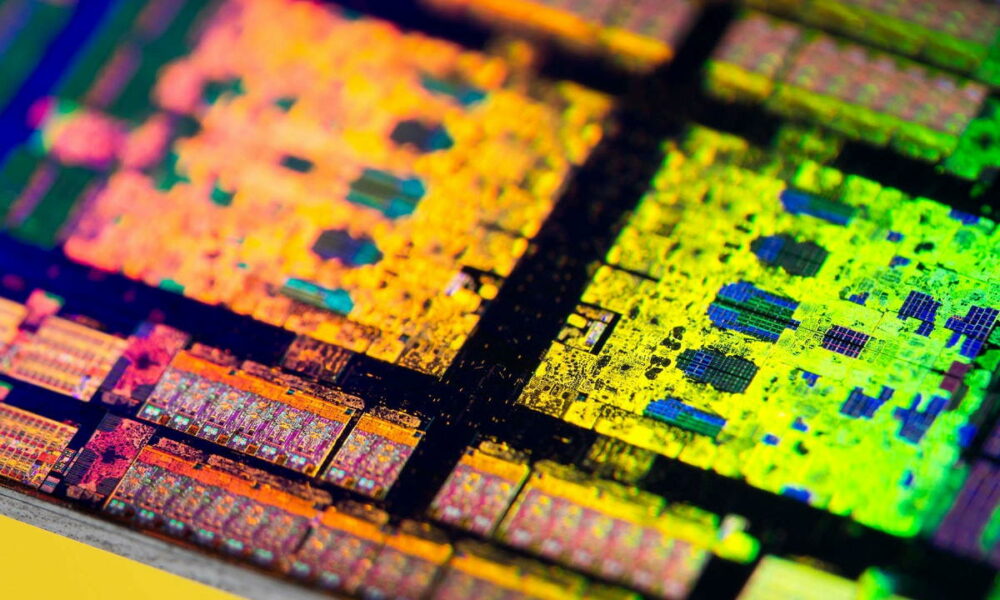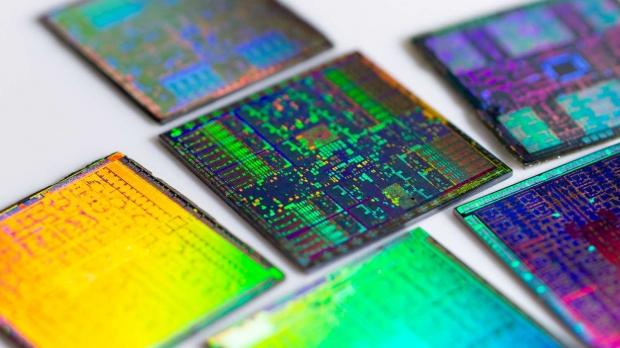
It is clear that TSMC has been one of the key figures in AMD’s recovery and success. The Sunnyvale company decided to move to a fabulous business model when he divested, back in 2012, of his stake in GlobalFoundries. It was a movement questioned by some and supported by others, but the truth is that, in the end, it turned out to be successful.
Maintaining a business model with its own semiconductor factories requires a huge financial investment both in R&D to be able to jump on time to increasingly advanced nodes and in machinery and human talent to be able to produce them. It goes without saying that, before the arrival of Zen, AMD was not at its best, and that the last thing it needed was to have more and more expenses.
Therefore, and seeing where AMD has come, it is clear that in the end the company made the right decision, I have no doubt about it. Adopting a “fabless” model allowed the now Sunnyvale giant focus on the development and design of your graphics processors and coresgave him the opportunity to centralize all his resources in developing new truly competitive architectures, and freed himself from the burden of having his own factories.
However, this could become a double-edged sword, according to analysts. AMD is totally dependent on TSMC, as it is the Taiwanese giant that is in charge of “cooking” the chip recipes what happens to the Sunnyvale company every year. The 5nm chiplets that give life to the Ryzen 7000 have come out of their factories, as well as the 6nm I/O chips that accompany these processors.
The idea that investors transmit to us is that TSMC’s delays in transitioning to 3nm node could end up hurting AMD, and would give Intel a chance to take the lead with its next-gen nodes. They are not without reason, and in the end having their own factories represents an advantage if the company has sufficient resources for them to advance both in production capacity and in nodes.
It is evident that AMD won’t be the only one hurt by TSMC delays in the leaps to new manufacturing processes, but it is also important to bear in mind that when these types of delays occur, in the end the Taiwanese company has to decide to which client allocates most of its production, and in the face of a shortage situation AMD it would also be seriously affected, since TSMC would almost certainly give priority to Apple.
On the other hand, it should also be taken into account that the advanced nodes that TSMC is using, based on GAA (gate all around) transistor technology, are a rung behind Intel’s more advanced alternatives, according to analysts. On a personal note, I think that AMD could end up seeking an agreement with Samsung if necessary, something that in fact NVIDIA already did at the time to carry out the production of the Ampere GPUs used in the GeForce RTX 30.




